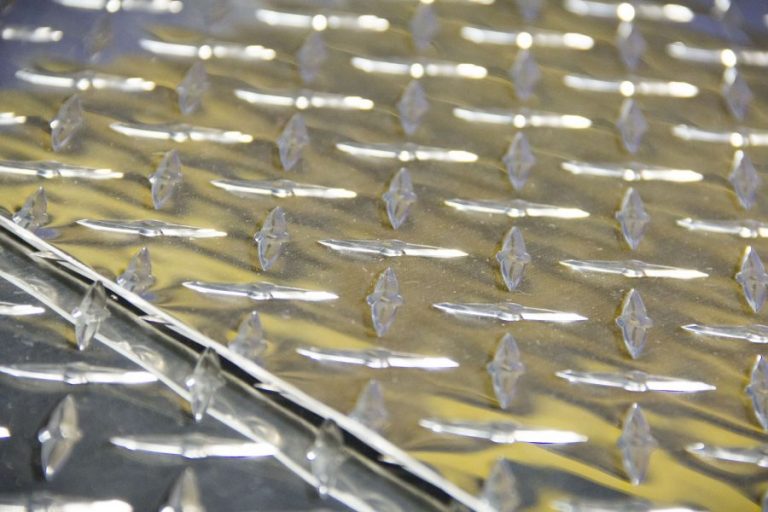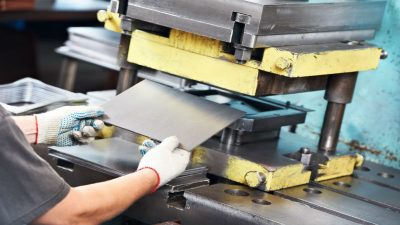Iron, steel and aluminum are strong, durable and used in a wide range of residential and commercial applications today. However, these metals are subject to corrosion under the right conditions. In fact, when exposed to a high degree of toxins and corrosive atmospheres these metals require additional protection. For many years zinc chromate plating has been the standard for corrosion resistance and is still used today in many areas. Why is it so effective and why are replacements being sought? Let’s delve a little deeper into the issue to see.
What is Zinc Chromate?
In order to bond zinc with chromate, materials are placed in a solution containing chemicals like sulfuric acid. This is known as a conversion method and the process is very effective for coating parts and protecting them. In fact, it is better than painting the surfaces, and is especially effective for aluminum and aluminum alloys.
For more than 80 years, zinc chromate has been used to provide a high amount of resistance to corrosion. Also, when speaking of a zinc alloy (for a primer coat of paint) “zinc” refers to the makeup of the paint not the color or texture.
During the 40s, allied aircraft received the benefits of zinc chromate to ensure aluminum exposed to the elements did not pit or corrode. As far back as the 1920s Ford was using zinc chromate plating for their autos, and it still sees a great deal of use today in the automotive industry.
Sacrificial Properties
One of the most important things about zinc is its ability to protect surfaces by actually breaking down and starting to corrode. In fact, when this occurs, it greatly increases the resistance to corrosion. A zinc alloy coating is much better than standard paint because scratches and points of wear are still protected.
As a Primer Coat
Zinc with chromate is still commonly used as primer paint. The colors may range from yellow, green and reddish. In fact, many large steel beams today are reddish in color due to the coating.
Toxicity
There has been much written about zinc chromate and toxicity. Much of it has to do with possible skin irritation due to contact. This is the reason some companies are seeking alternative metals, such as zinc phosphate. In some cases, epoxy mixtures are used as substitutes. However, when it comes to rust or corrosion inhibition, zinc chromate plating is still the preferred choice when maximum protection is needed.


